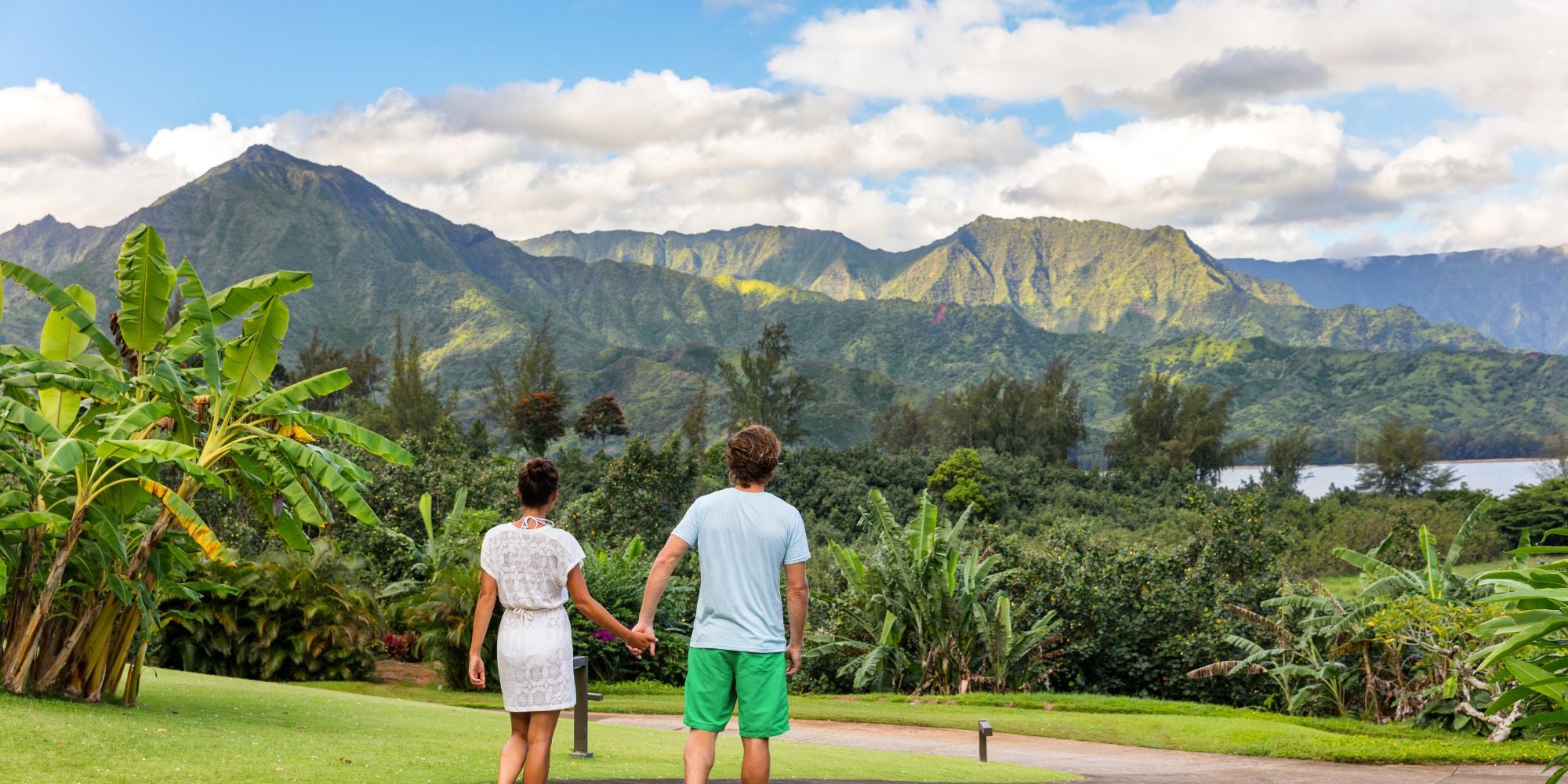
When planning to fly to Hawaii, jet lag may be a concern. Jet lag keeps many on a vacation from being the relaxing experience it was intended to be. With our years of research, that's why we're sharing with you 8 tips how to avoid jet lag flying to Hawaii!
Jet Lag occurs when your body's clock, called circadian rhythms, is out of sync with the local time, . When you travel across multiple time zones, your body needs to adjust its internal clock to match with the new time zone.
This change in schedule may cause problems like fatigue, drowsiness, trouble concentrating, and headaches.
While circadian rhythms is a core cause of jet lag, there's actually three factors that play a role.
3 factors that cause jet lag:
Now that you know how jet lag is caused, keep reading to discover proven ways to avoid jet lag flying to Hawaii.
Vacationing in Hawaii can be a great experience, but flying can also cause jet lag.
The problem is that the distance between Hawaii and United States or other locations is so far that it can take days for your body to adjust to the new time zone. The shortest distance is approximately 3,623.16 miles (5,830.92 km).
If you want to avoid jet lag flying to Hawaii, here are some tips to help make your trip easier.
8 Tips How To Avoid Jet Lag Flying To Hawaii:
Get plenty of rest before your flight so you don't arrive tired.
If possible, try to get at least 7-9 hours of sleep before leaving so you can stay alert during the flight and be ready for a quick start once you arrive at your destination.
If you are in a deficit of sleep before your trip, you'll expedite the chances of getting jet lag.
Whether on a plane or arrived to your destination in Hawaii, avoid oversleeping before bedtime.
Sleeping too much or taking long naps will throw your body off for when you actually need to go to bed.
If you're so exhausted you can't stay away or really low on energy, take short naps.
One of the best ways to avoid jet lag while flying to Hawaii is by taking a jet lag supplement. These supplements contain natural ingredients like that may help your body adjust.
From jet lag pills to jet lag tablets, there's numerous options out there to help.
In our research, here's 2 ingredients that have science to back them:
Research has identified that exercise can effect your natural melatonin levels. melatonin is a key hormone that helps promote sleep and the regulation of your sleep-wake cycle.⁴
In a study done by professor Shawn D. Youngstedtis at ASU, it was identified that exercise done at 7am or 1pm-4pm moved circadian rhythms earlier. Exercise done at 7pm-10pm moved circadian rhythms later.⁴
Also, an overseen benefit of exercise is its ability to make you feel energized. Intense exercise may do the opposite and make you feel more tired, but simply just walking, light jogging or a light gym workout can do a lot to invigorate your body.
Alcohol can make you sleepy, but it also disrupts sleep quality. Caffeine has the same effect and can even lead to insomnia.
Avoid drinking before your trip especially with the long flight ahead of you, and when you first arrive to Hawaii before bedtime. Until you know you've adjusted to the Hawaiian time zone and are jet lag symptom free, lay off the alcohol.
And don't drink coffee, tea or any caffeinated beverage in the evening. This will maximize your sleep quality and therefore adjust your body better and faster.
This concludes our highly researched and referenced tips of how to avoid jet lag flying to Hawaii. Now you can enjoy your trip even more!

Zaca chewables combines the power of the most effective nutrients, including Glutathione and Glutamine. This great-tasting supplement can help you feel more energized, and recover faster from travel. Rehydrate and replenish with just a few chewables. Simply take 2 chewables each day before you flight, 2 chewables every few hours of your flight, and then 2 chewables each day at your destination. Try Zaca chewables today and enhance your travel experience.
SOURCES:
1. Jet Lag Disorder
https://www.mayoclinic.org/diseases-conditions/jet-lag/symptoms-causes/syc-20374027
2. Up in the Air: Evidence of Dehydration Risk and Long-Haul Flight on Athletic Performance
https://www.ncbi.nlm.nih.gov/pmc/articles/PMC7551461/
3. Human circadian phase–response curves for exercise
https://physoc.onlinelibrary.wiley.com/doi/full/10.1113/JP276943
4. How exercise can counter the effects of jet lag
https://www.medicalnewstoday.com/articles/324520#Exercise-delays-or-advances-the-body-clock
5. Jet Lag - CDC
https://wwwnc.cdc.gov/travel/page/jet-lag
6. Effect of high altitude (7,620 m) exposure on glutathione and related metabolism in rats
https://pubmed.ncbi.nlm.nih.gov/11320641/
7. Glutamine as an Anti-Fatigue Amino Acid in Sports Nutrition
https://www.ncbi.nlm.nih.gov/pmc/articles/PMC6520936/
Copy the coupon code & use it at checkout